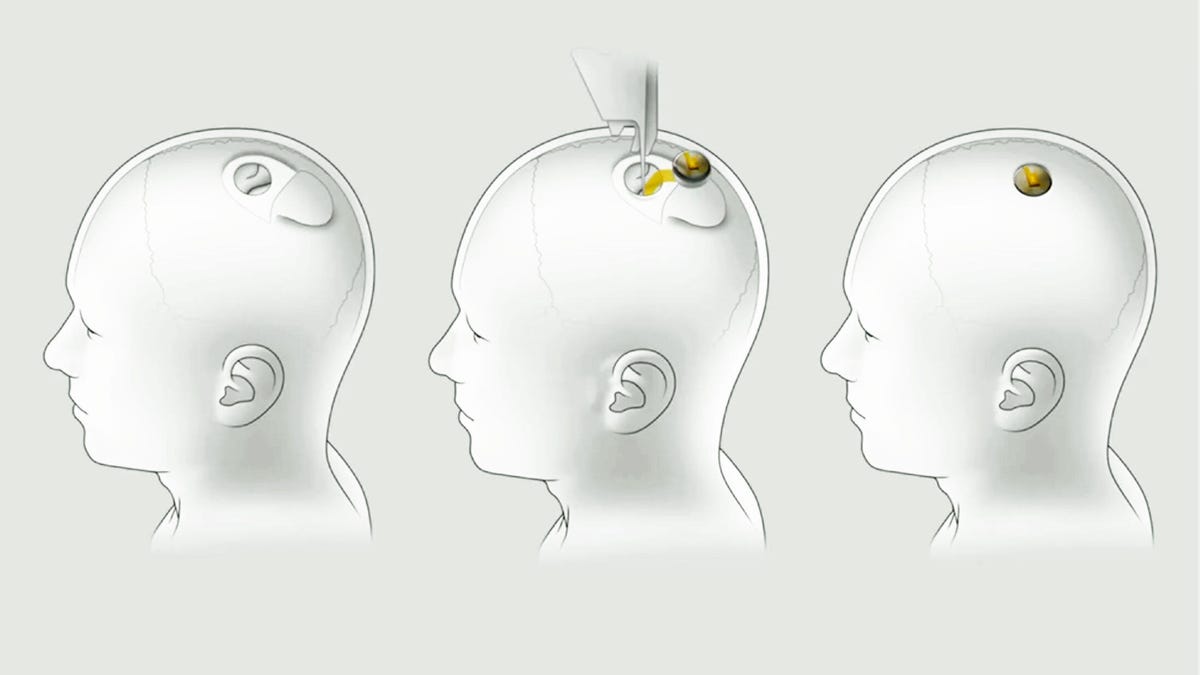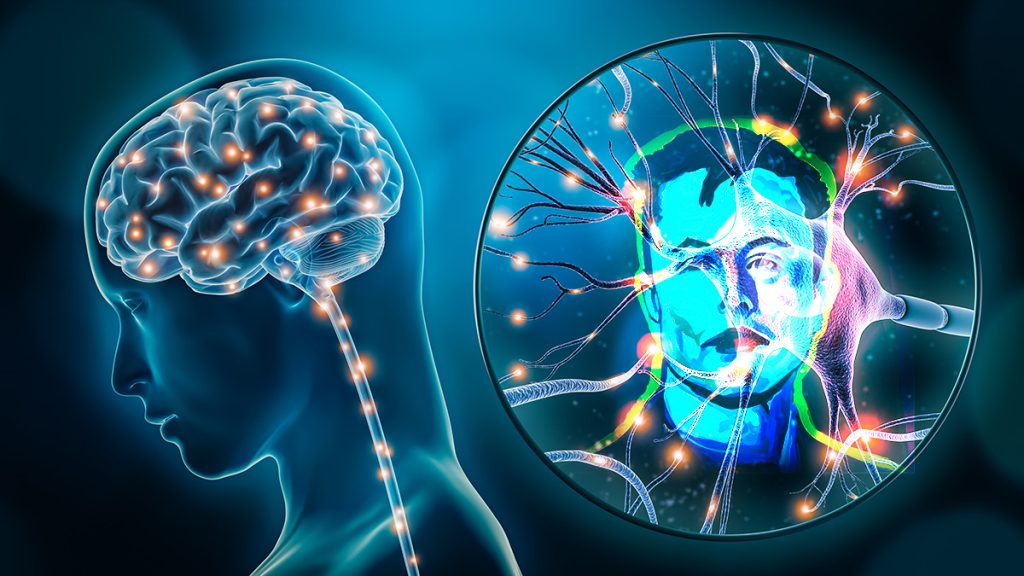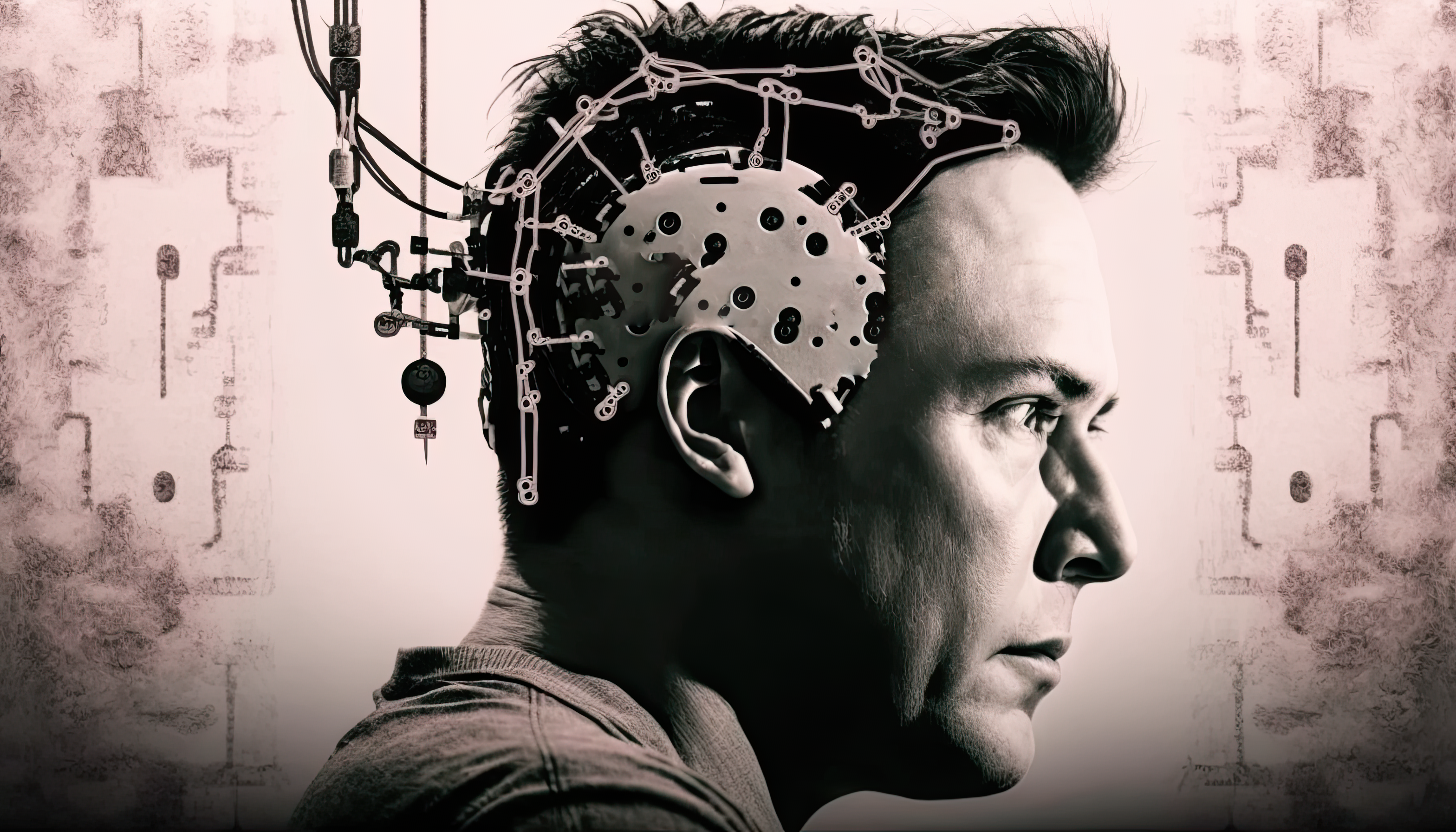Neuralink is a neurotechnology company that is developing implantable brain-computer interfaces (BCIs) that could enable communication and control of devices with thoughts. Founded by Elon Musk and a team of scientists and engineers in 2016, Neuralink aims to create a “digital layer above the cortex” that would allow humans to achieve “symbiosis with artificial intelligence”. In this article, we will explore how Neuralink’s technology works, what are its potential applications and challenges, and when it could be available for human use.

How does Neuralink’s technology work?
Neuralink’s technology consists of three main components: the implant, the link and the application. The implant is a thin device that contains 1024 electrodes distributed across 64 threads, each about 4 to 6 micrometers in width . The implant is inserted into the brain by a robotic device that can avoid blood vessels and minimize damage to the tissue . The implant records neural activity and sends it wirelessly to the link, a small device worn behind the ear that processes and transmits the data to the application, which runs on a smartphone or a computer. The application decodes the data stream into actions and intents, such as moving a cursor, typing a text or controlling a device. The application can also send feedback to the implant, such as stimulation or sound.

What are the potential applications of Neuralink’s technology?
Neuralink’s technology has a wide range of potential applications, both medical and non-medical. Some of the medical applications include:
- Restoring vision for people with blindness or low vision by stimulating the visual cortex or bypassing the damaged optic nerve.
- Restoring mobility for people with paralysis or spinal cord injury by stimulating the motor cortex or bypassing the damaged spinal cord.
- Treating neurological disorders such as epilepsy, Parkinson’s disease, Alzheimer’s disease, depression and chronic pain by modulating the activity of specific brain regions or circuits.
- Enhancing cognitive functions such as memory, learning, attention and creativity by stimulating or inhibiting the activity of specific brain regions or circuits.

Some of the non-medical applications include:
- Communicating with devices or other people without using speech or gestures, such as controlling a smart home, a drone or a car with thoughts.
- Accessing information or entertainment directly from the internet or other sources without using a screen or a speaker, such as downloading a book, a movie or a song to the brain.
- Sharing thoughts, feelings or sensations with other people who have Neuralink implants, creating a new form of social interaction and empathy.
What are the challenges and risks of Neuralink’s technology?
Neuralink’s technology faces many challenges and risks, both technical and ethical. Some of the technical challenges include:
- Achieving high-resolution, long-term and biocompatible recording and stimulation of neural activity without causing damage or inflammation to the brain tissue .
- Developing robust algorithms and interfaces that can accurately decode and encode neural signals into meaningful actions and feedback .
- Ensuring the security and privacy of the data transmitted and stored by Neuralink devices, as well as preventing unauthorized access or manipulation of the devices .

Some of the ethical risks include:
- Creating social and economic inequalities between people who have Neuralink implants and those who do not, as well as potential discrimination or exploitation of the former by the latter .
- Altering the identity, autonomy and agency of people who have Neuralink implants, as well as their relationships with themselves, others and the world .
- Raising moral and legal questions about the ownership, consent and responsibility of the data and actions generated by Neuralink devices, as well as the potential harms or benefits to individuals and society .





